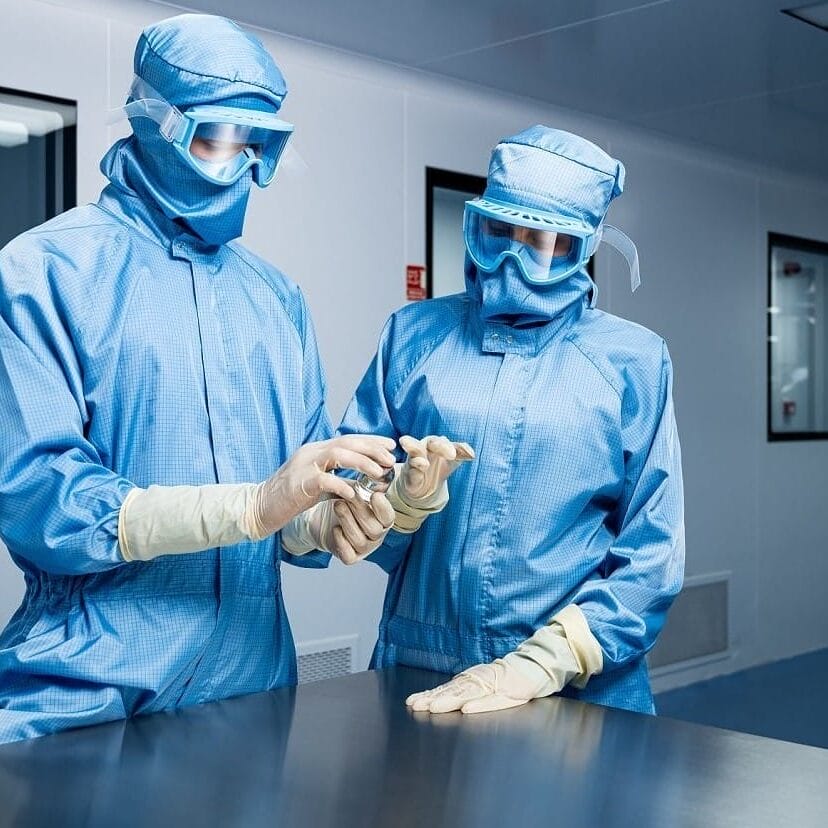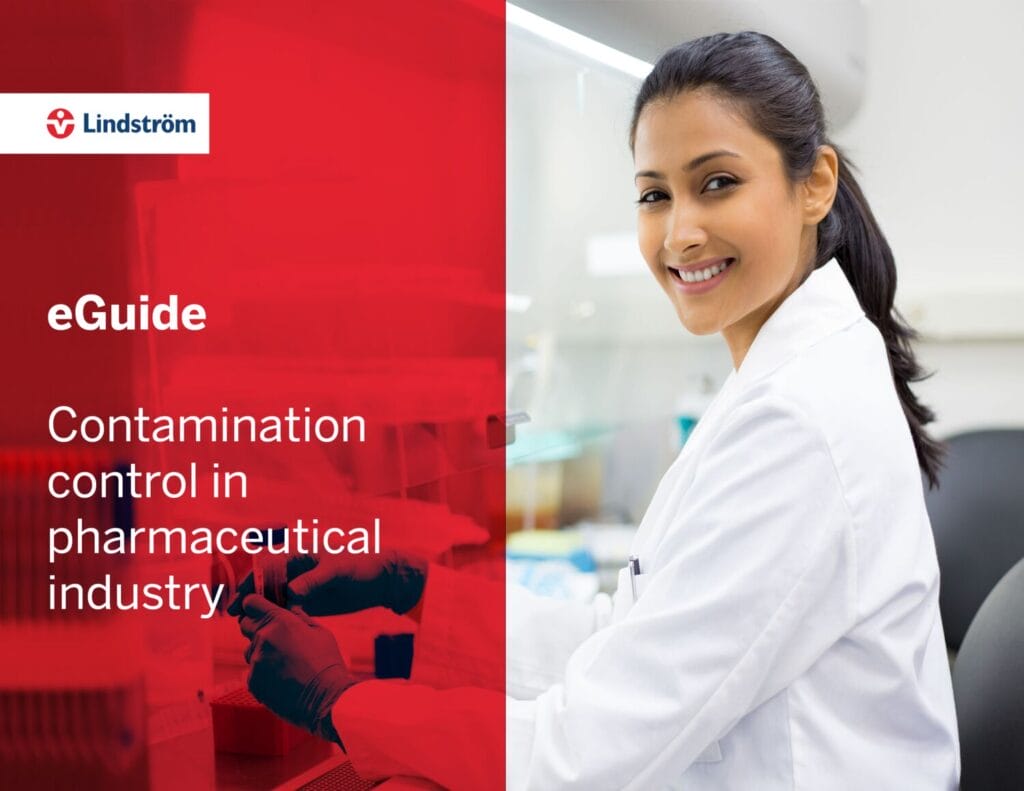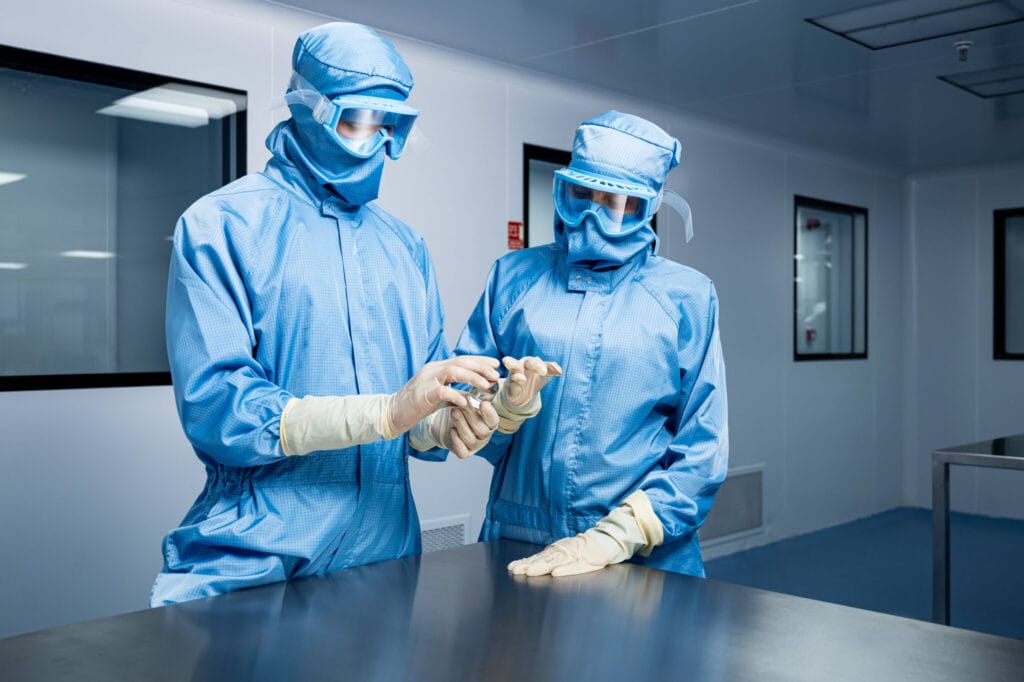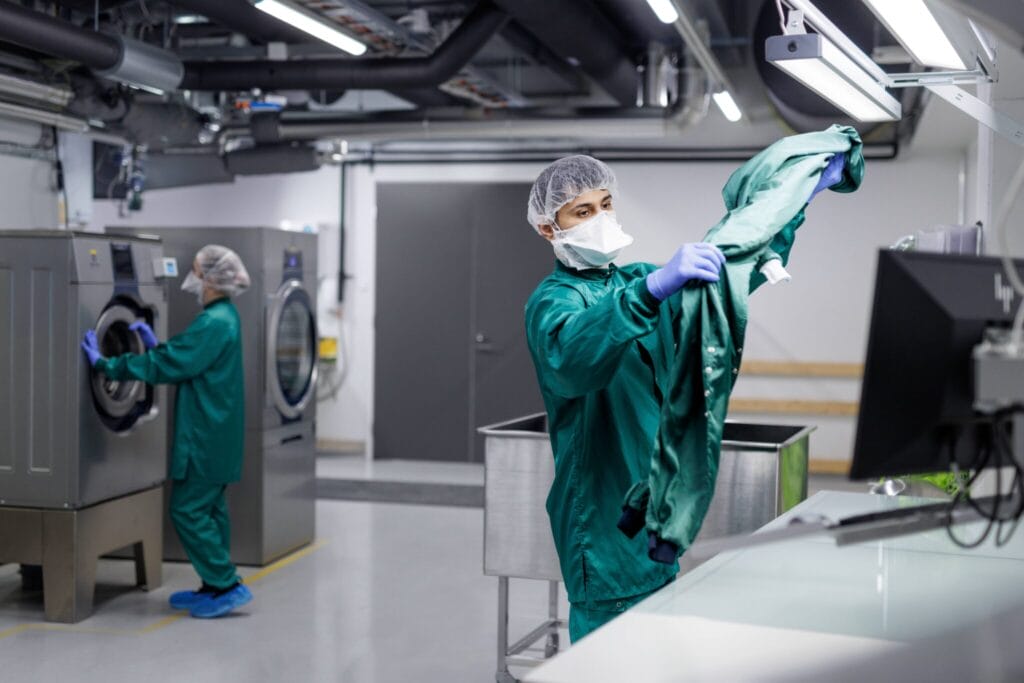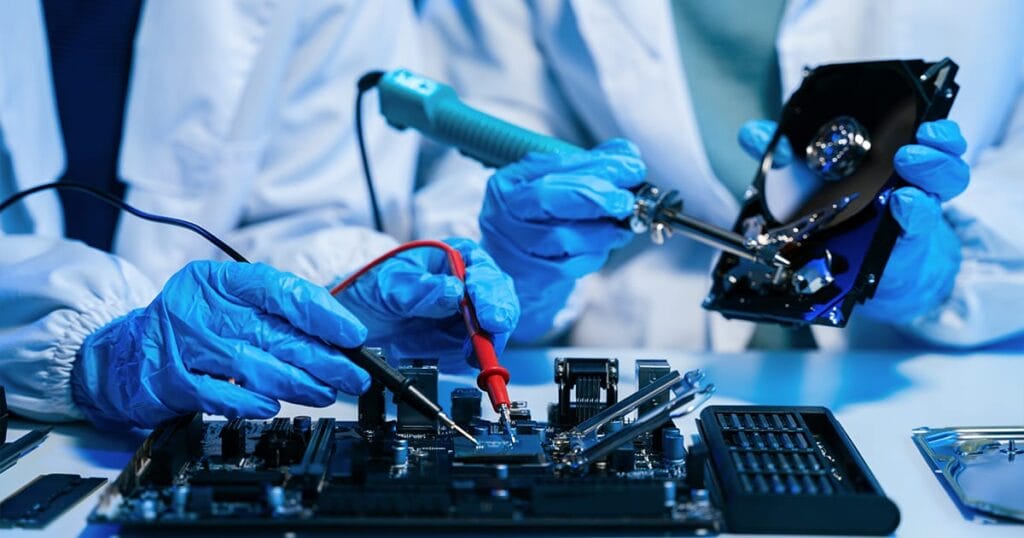What is Personal Protective Equipment?
Personal Protective Equipment (PPE) is a protective gear designed to facilitate improved health and safety for workers in the pharmaceutical industry, reducing direct exposure to chemical or biological agents. PPE includes items such as high-visibility workwear clothing, pharmaceutical uniforms, eye protective gear, safety helmets, safety harnesses, hazmat suits, ear defenders or earplugs, and respiratory protective equipment.
However, there are certain limitations to using PPE. These must be assessed to set clear and effective guidelines for using Personal Protective Equipment in the pharmaceutical industry. The risks involved are:
- Maximum levels of safety are rarely achieved with PPE due to factors like poor fit, inadequate cleaning, and failure to wear when necessary.
- PPE might restrict the worker’s visibility or mobility and become an extra weight to be handled.
- Using PPE may alter the personnel’s attitude towards the hazards.
Guidelines for Using Personal Protective Equipment in the Pharmaceutical Industry
Here are definitive guidelines that pharmaceutical companies should implement to regulate and control the usage of PPE, including pharma uniforms and medical lab uniform, inside the facility or when handling the products directly.
- Choose the Right Personal Protective Equipment: PPE not only helps protect personnel from dust, hazardous chemicals, or other toxic substances, but it also prevents human contamination. Therefore, choosing the right PPE is critical:
- Depending on the application, pick the appropriate material for the PPE. There are three common types of materials: spun bond–melt blown-spun – -spun bond (SMS), microporous film (MPF), and Tyvek. Consider the specifications and tensile strength of each material to choose one that fits your requirements.
- Perform rigorous testing and risk assessment to ensure the PPE provides maximum protection against chemical or biological hazards, dust, and particles. It should also provide the lowest levels of inward leakage.
- Perfect fit and comfort are two important factors to consider when choosing the right PPE for your personnel, including pharmaceutical uniforms. Since workers are required to wear them throughout their shifts, PPE must be comfortable, flexible, and breathable without compromising safety. Ensure proper fit to prevent contamination and maintain worker productivity.
- Training on Proper Use of PPE: It is the supervisor’s role to thoroughly train employees regarding the use of PPE, including medical lab uniform. In the case of PPC requirements changing, re-training should be done.
- PPE Cleaning, Decontamination & Disposal: Adequate guidelines must be implemented to ensure optimal cleaning, disinfection, and disposal of PPE, including pharma uniforms. Effective cleaning and sanitization of workwear are crucial for maintaining safety and controlling contamination. PPE must be disposed of within its specified lifetime.
- Documentation: Maintain records for PPE risk assessment, selection, training, and implementation. Keep track of identified hazards, PPE type, model, and brand, personnel using PPE, and training dates for all workers required to wear PPE.
By following these guidelines, pharmaceutical companies can ensure the successful use of PPE and improved safety in the industry.
Lindstrom is a trusted provider of a vast selection of personal protective equipment and workwear rental services in India, including pharmaceutical uniforms. They support pharmaceutical companies in maintaining high standards of hygiene and safety while complying with statutory regulations. Their cleanroom services further ensure that PPE is maintained in hygienic facilities to prevent contamination and ensure complete safety.
